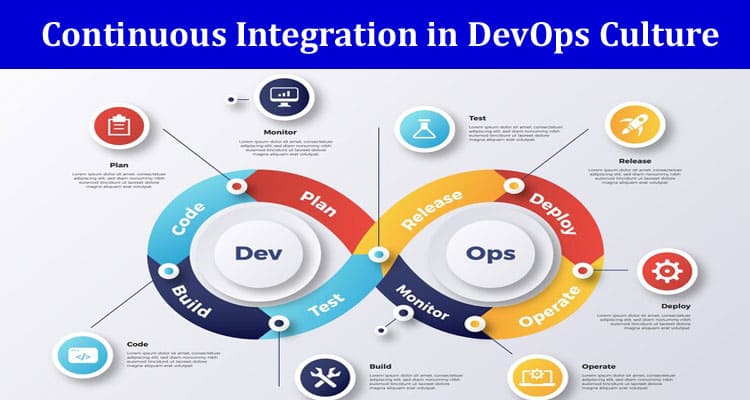Continuous integration (CI) is one of the key components of DevOps. The idea lies in continuous testing and building. In short, when the builder’s codes are edited, the codes are tested automatically. So the point is to correct and solve the problems automatically to keep the codebase stable. The main theme of continuous integration is mostly used with Agile developments.
Continuous integration would mostly work to deliver the codes safely and very quickly as the changes are made in the main branch of the codebase, which is first shared. This is a good way to track all the changes, and it will also help validate the changes. You can learn about the basics of continuous integration with DevOps courses online.
In this article, we’ll be focusing on the DevOps culture, continuous integration, and the benefits of it. So what are the main benefits of continuous integration in a DevOps culture? The best advantage of CI, or continuous integration, is that the safety of the codes is ensured as they are validated throughout. Secondly, the developers will be able to deliver the code in small sections as they are building different areas of the same software.
What are the main benefits of continuous integration in DevOps culture?
Here we are including key benefits of continuous integration in the DevOps culture. Some of them are key for building software, and other tools are just for making life easier.
Small changes are made easy
The most common reason why continuous integration is used is that it makes small to significant changes easier to use. For example, several teams might be working on a piece of software, and everyday updates are made. Thus, the small changes would be updated on the shared respiratory branches. With the small changes, the issues with coding errors can be easily avoided. With continuous integration, the codes are tested frequently, and it also saves the developers from reading the code extensively to find mistakes later on.
Safer codes
Another plus point for the continuous integration with DevOps culture is that the codes are checked as they are written. Testing the codes is a big part of developing the codes. As such, the safer codes are perfect when you are building the codes and testing them simultaneously. Before such innovation, the codes were first released, and then there was a security check for the vulnerabilities. But now, with continuous integration, it is much easier.
Less lead time
When the codes are built, released, and tested almost at the same time, the lead time for the codes to be executed is very low. Here, the codes are developed in a continuous, moving system, and thus they make life easier. If you consider regular updates, then it would make perfect sense. The codes are tested before they are released, so as soon as you start building the code, it will also be released, and as such, the end users will be able to use the updates.
Cost efficiency
The main theme of continuous integration is that it will cut down on time. So, this is an automated process in DevOps culture. With the CI, you will be able to use the codes faster, and this will also give the developers more time to focus on other problems. It also saves time for the repetitive steps.
Testing reliability
When you are working on small aspects of a huge project, the chances of getting it corrected every time are high. Here, the negative and positive tests are done continuously, and thus the project gets stacked. With small sections, the tests are done correctly, and you can even integrate smaller parts. Continuous merging and releasing of the codes will allow the end users to use them continuously. So new features will be added and seen continuously.
Limiting the damage
Another important point to discuss with the continuous integration in the DevOps culture is that it will limit the damages. It is done with fault isolation. With this system, negative outcomes are limited to only a few things. This reduces the likelihood of a fault occurring. With CI, all of these processes are done easily without any sort of unwavering circumstance. Monitoring the system to identify the fault, everything goes smoothly with the CI. Issues like sudden breakdowns or even bugs in the software can be prevented as every small bit is tested and released. The problems are solved before they can damage the system.
Final Thoughts
The benefits of continuous integration in DevOps culture revolve mostly around making small changes continuously and seamlessly. And thus, the delivery of the codes is mostly done with this sort of operation. You can download some of the DevOps tools for continuous integration. Depending on the size of the organization, you have to choose carefully.


